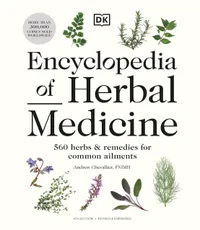Amazing ingenious plants believed to have medicinal and healing benefits
From lavender’s calming aroma to the wound-healing leaves of the gotu kola herb
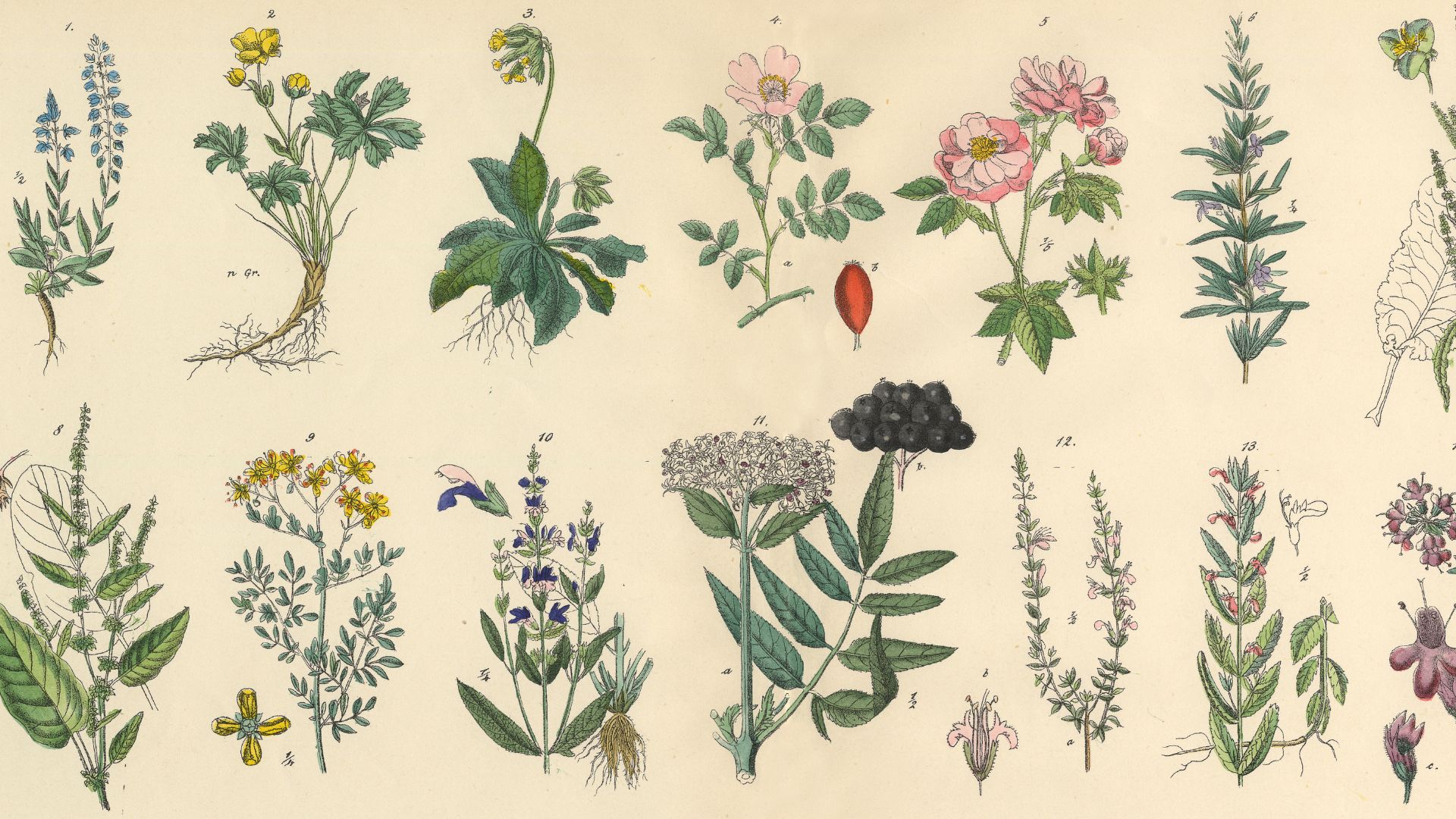

Plants, herbs, bark, and trees have been used to their advantage since the beginning of time. And while many can be utilised as building materials, as seen in the thatching of coconut palms in many parts of Asia, including Sri Lanka and India, others can be eaten or turned into supplements, providing endless health benefits and mood-stabilising properties.
This use of plants in tinctures and as healing medicine is truly endless and completely natural. Across the world, bushes, herbs, flowers, and barks are used to ease symptoms of pain, anxiety, and nausea, as well as providing a soothing tonic to busy minds - something all too familiar in our current fast-paced lifestyle.
Interested in learning more about this holistic way of healing? Here we take a look at some of the most amazing plants with healing benefits, from liquorice root’s ability to soothe the symptoms of menopause to rosemary’s memory boosting capabilities - there’s something for everyone.
The information provided about these plants is based on traditional use and wellness practices. It is not intended as medical advice. Always consult with a healthcare professional before starting herbal medicines.
32 plants believed to have medicinal and healing benefits
Field garlic
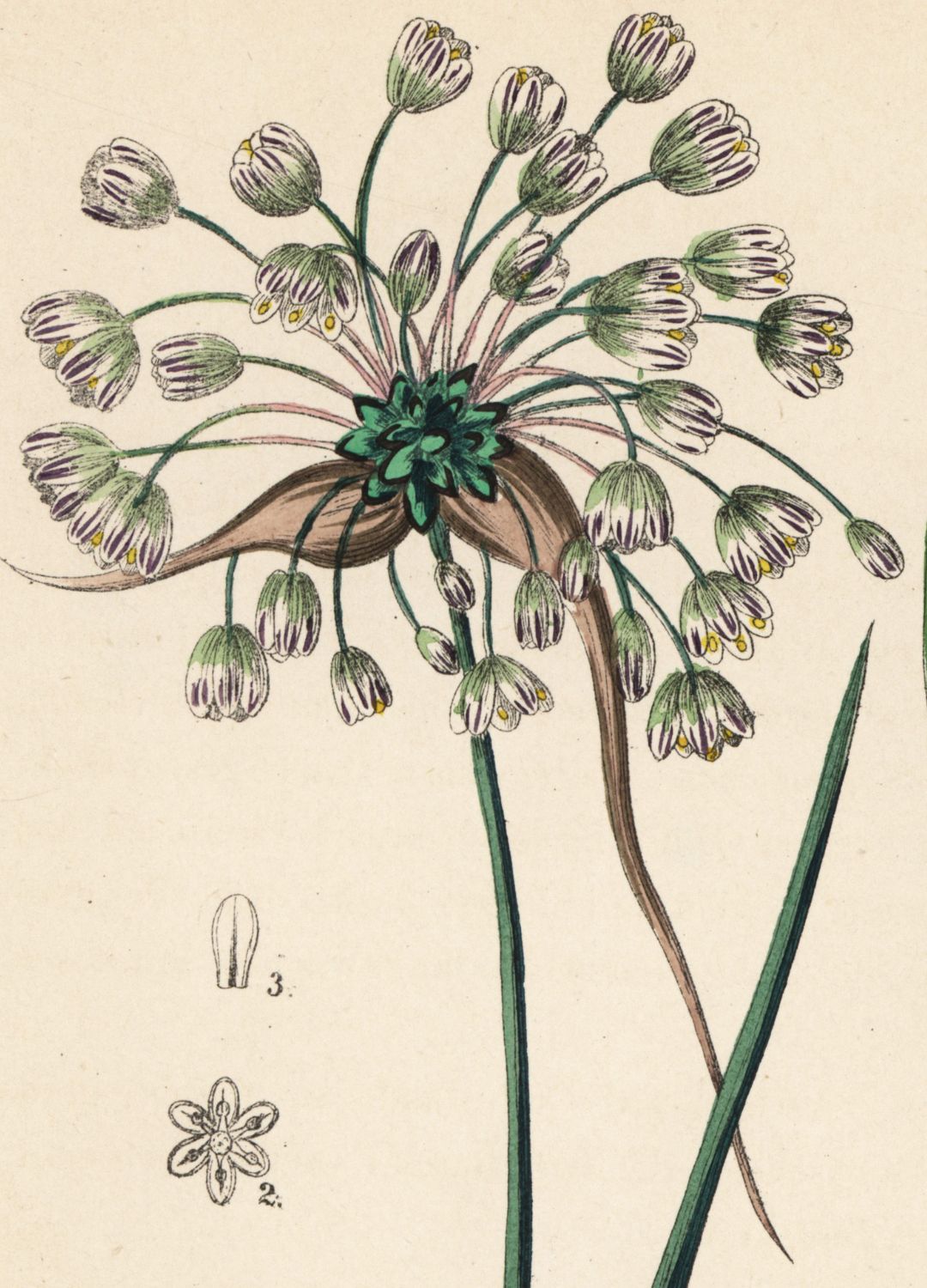
Field garlic, also known as wild garlic, grows abundantly in hedgerows around springtime and returns year after year, as it's a perennial plant. Its stems, leaves, and flowers can be steeped in hot water and drunk as a herbal tea, or it’s possible to add the delicately fragranced flowers and leaves to savoury dishes for a subtle garlic hint.
In terms of benefits, this humble plant is said to have antioxidant, antibiotic, and antipyretic effects, meaning it’s good for fever. It also works well for livening up a garden since it's easy to grow and covered in dainty white flowers.
Encyclopedia of Herbal Medicine New Edition: 560 Herbs and Remedies for Common Ailments, £29.99 | Amazon
This comprehensive book teaches you how to grow your own herbs, harvest plants from the wild, and process ingredients to create your own natural remedies, all with safety in mind.
Marigolds

Officially called as Calendula Officinalis, the jolly bright orange flowers of the Marigold plant are edible and have been used for centuries to reduce inflammation and boost heart health.
Sign up to our free daily email for the latest royal and entertainment news, interesting opinion, expert advice on styling and beauty trends, and no-nonsense guides to the health and wellness questions you want answered.
A tincture of marigold flowers, where the dried blooms are steeped in hot water and drunk, is said to help relieve period pain, headaches, and nausea, ensuring this pretty flower should be a firm staple in every household.
Gotu Kola
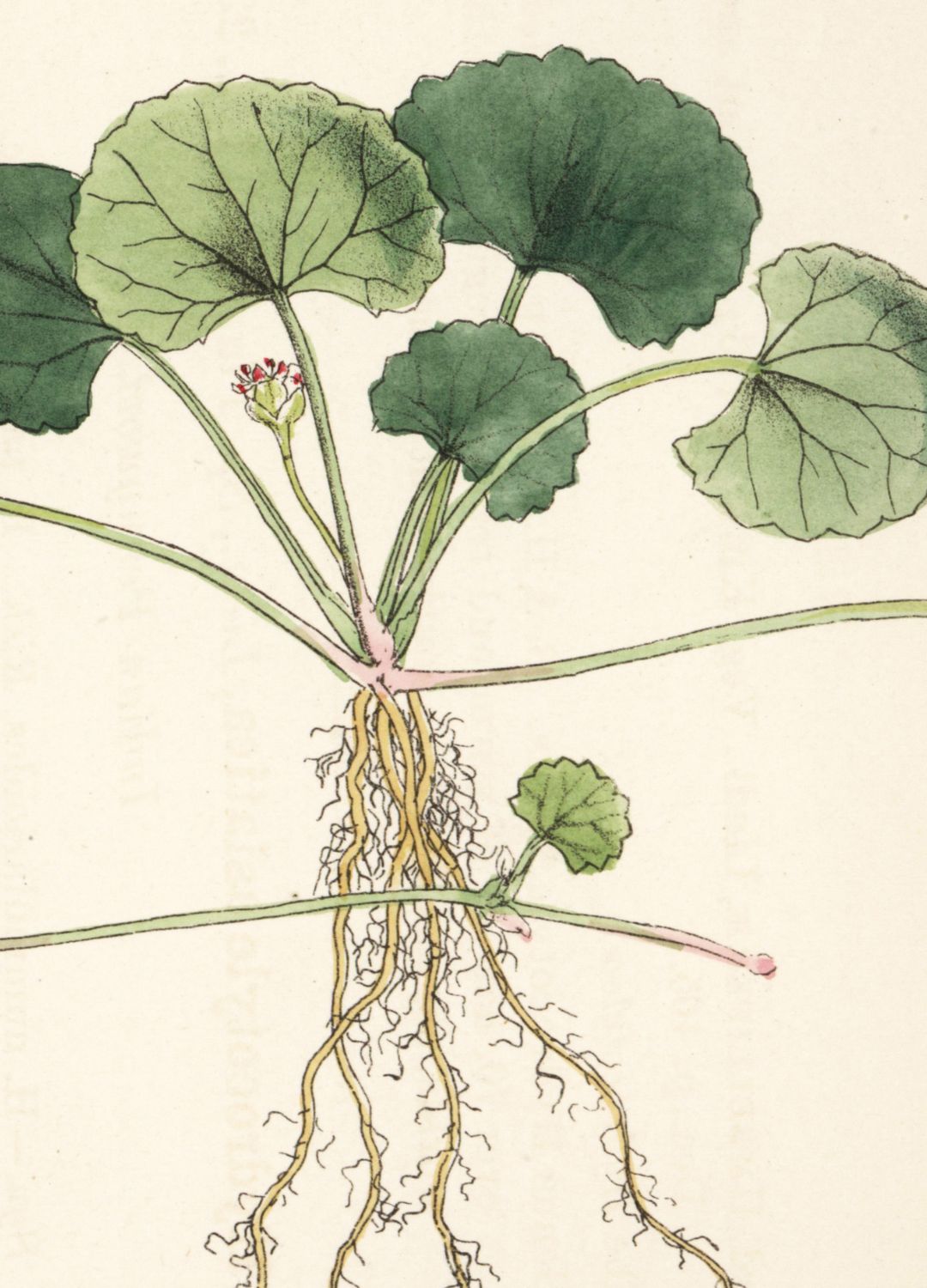
Widely used in Ayurvedic and Chinese medicine as well as being incorporated into traditional dishes throughout Asia, this pretty plant with rounded leaves is often labelled the herb of longevity.
Thought to boost cognitive function, it can also help reduce stress and anxiety when taken in tablet form. In Sri Lanka, the leaves are ground up with fresh coconut and green chili to form a sambol (relish) that is delicious eaten alongside rice and curry.
Asafoetida
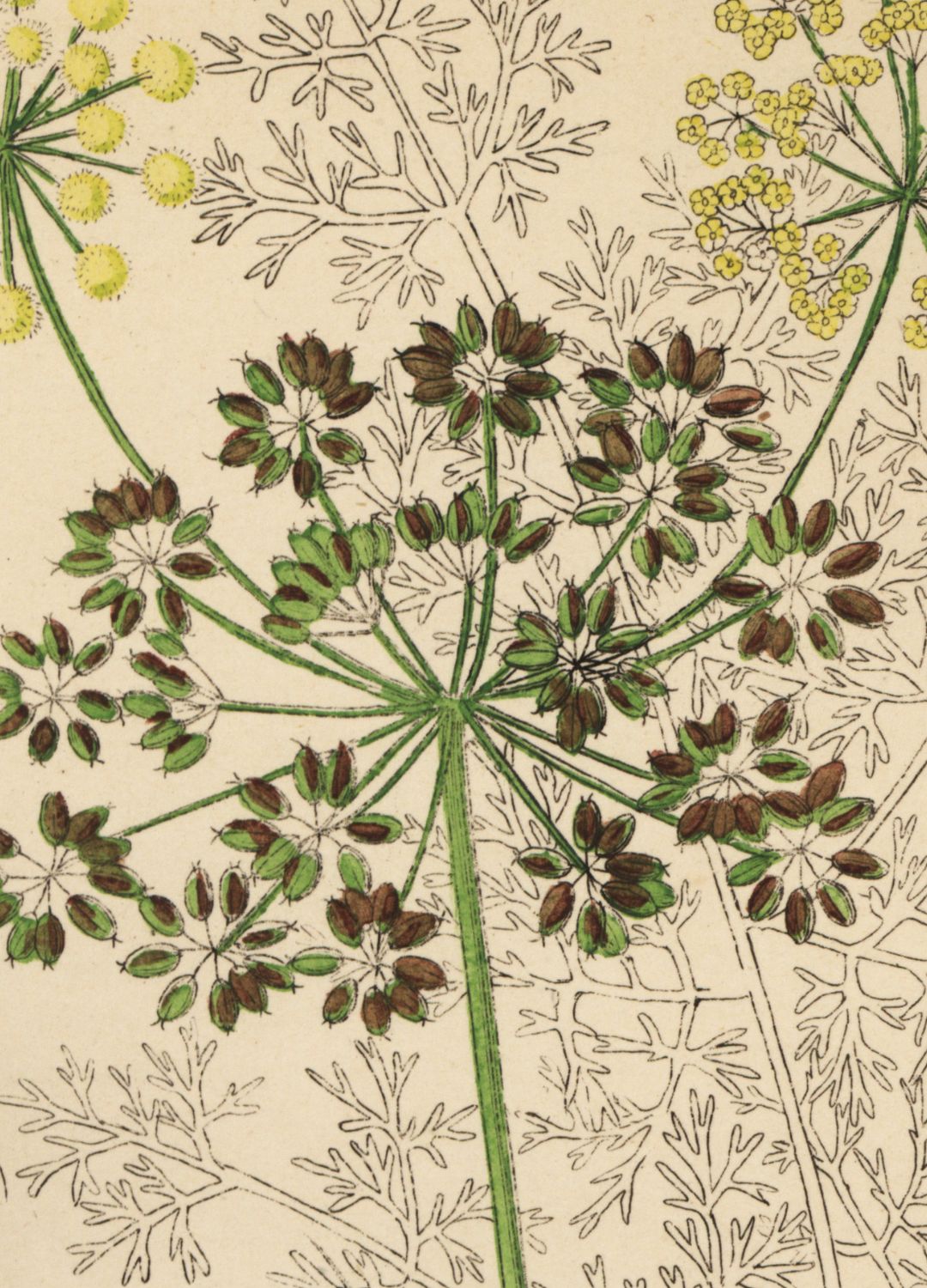
Used to aid digestion, Asafoetida is made from dried sap that comes from the roots of Ferula plants, which are widely grown in Afghanistan, Iran, and Southern India.
Its pungent aroma adds flavour to Indian dishes, but the brightly coloured powder can be taken in capsule form too, since it’s known for its antioxidant effects due to high amounts of naturally occurring tannins and flavonoids.
Tulsi
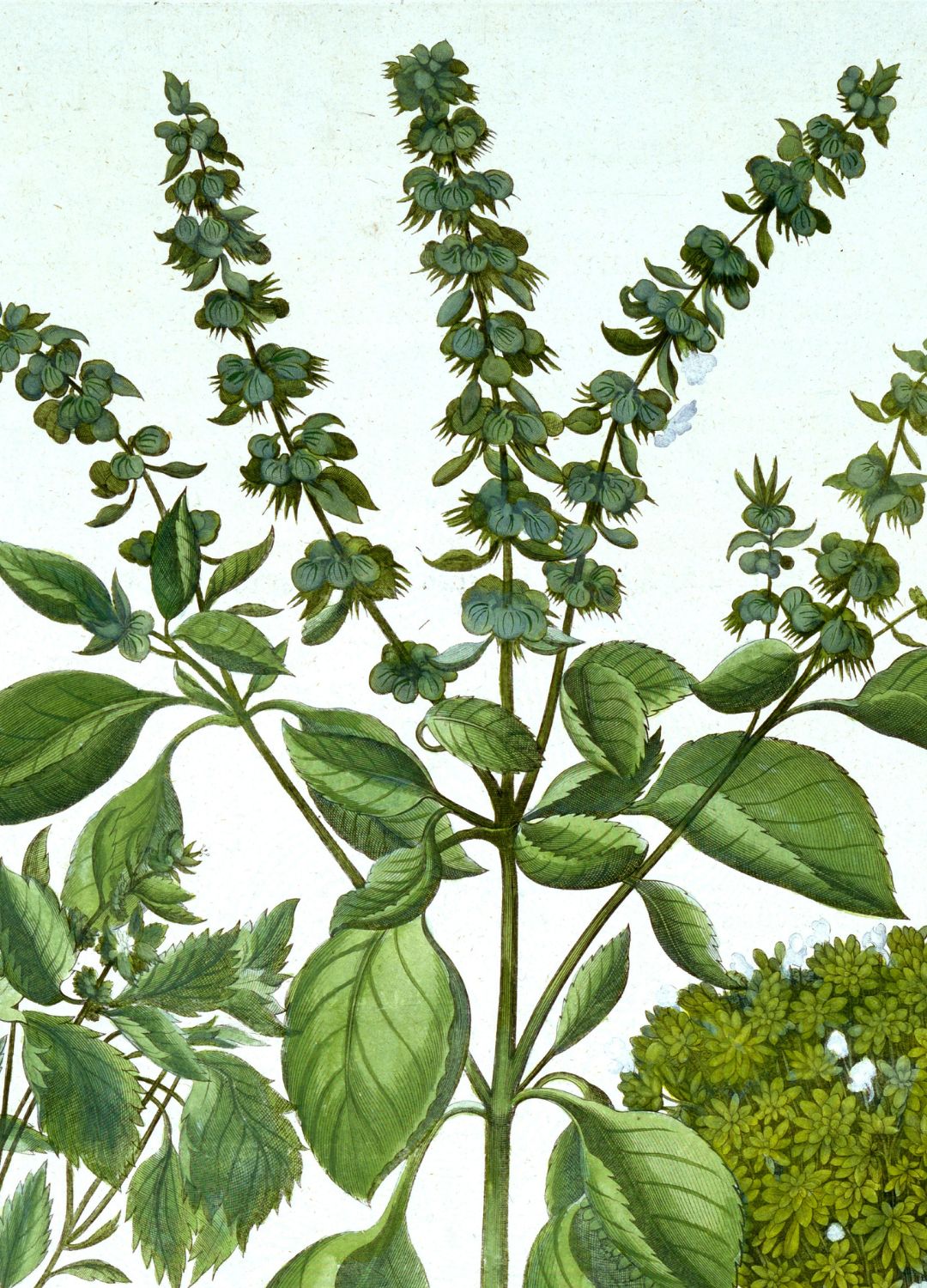
Tulsi or holy Basil is an adaptogen with a unique flavour and a plethora of health benefits, including lowering blood pressure, reducing stress and anxiety, and lowering cholesterol.
All parts of the plant can be utilised, from the leaves, which can be eaten raw or cooked into dishes, to drinking tulsi tea, made by steeping the plant's dried flowers in hot water, as well as essential oils, which are extracted from the leaves and used topically.
Evening Primrose

The oil extracted from the seeds of the bright yellow Evening Primrose plant is said to have a myriad of benefits when taken orally, most specifically for women dealing with menopause or suffering from PMS symptoms.
When applied topically, the oil is also said to help with acne and eczema on account of its high gamma-linolenic acid content.
Abutilon
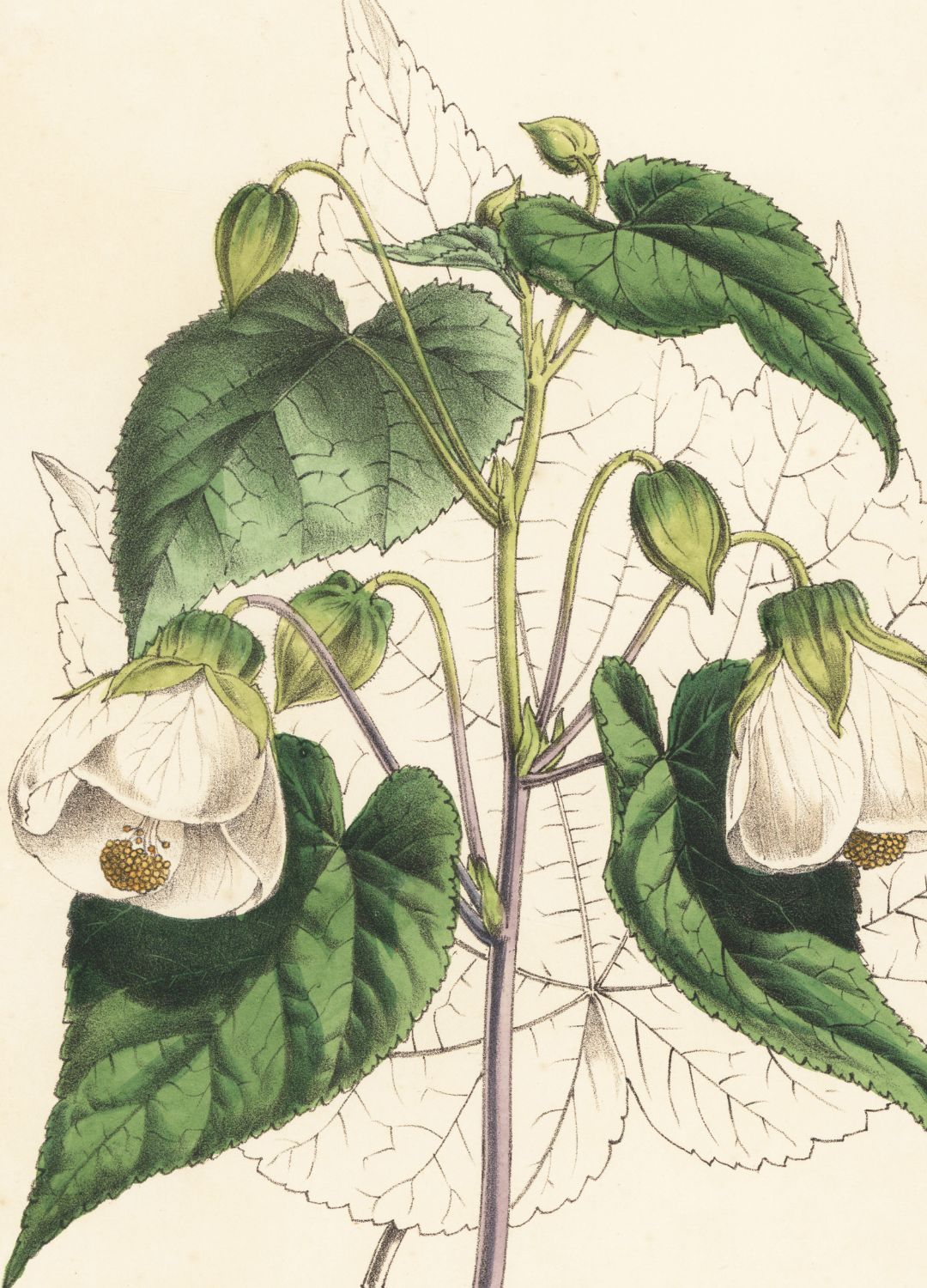
Sometimes known as Indian Mallow, Abutilon has been used in traditional medicine for centuries due to its medicinal qualities.
As well as being able to increase libido, the plant is often used to treat fever, while its seeds are known to have laxative effects.
Ginkgo Biloba
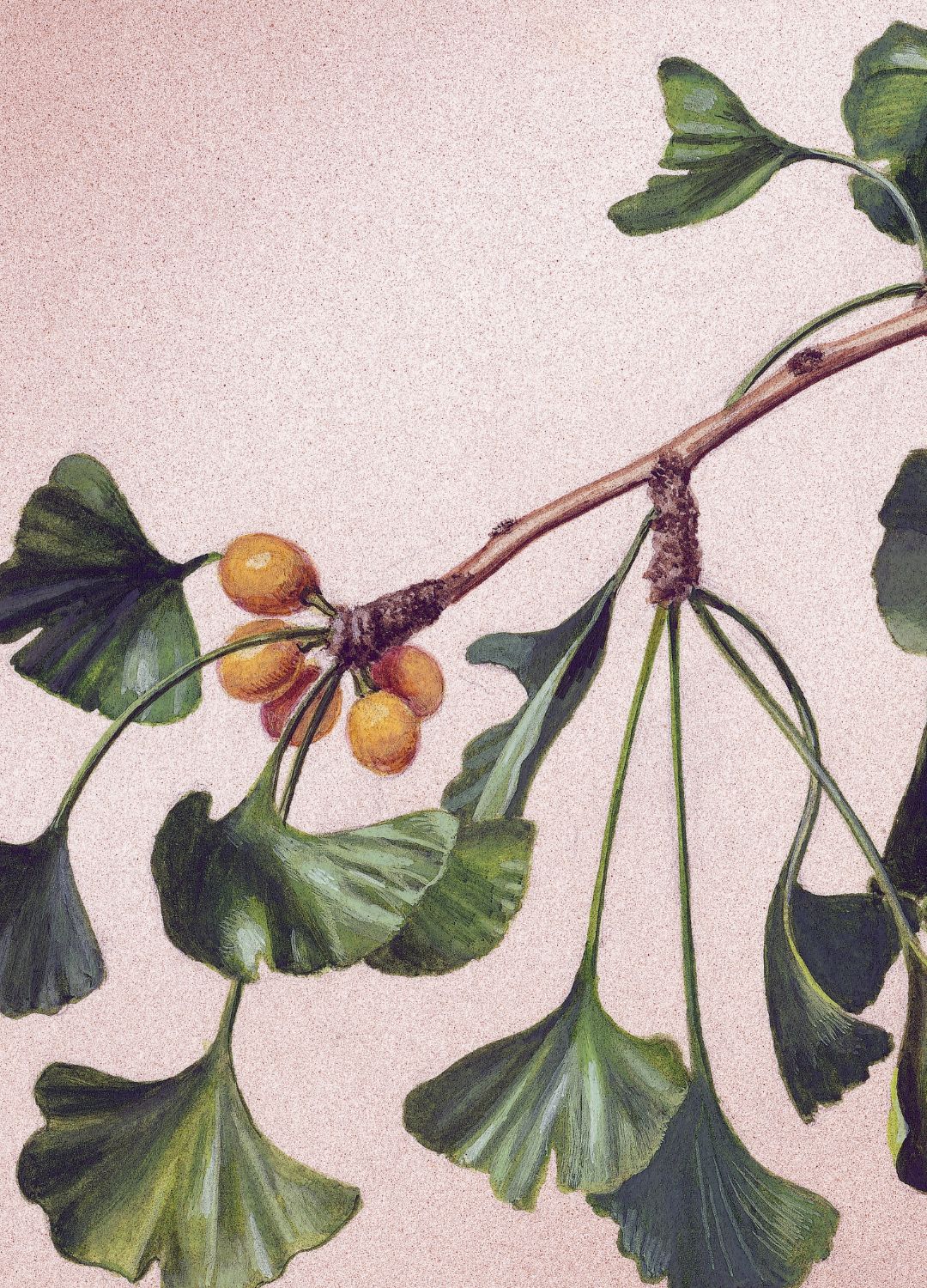
Full of flavonoids and terpenoids, which help protect the body's cells from damage and widen blood vessels respectively, Gingko is one of the world’s powerhouse plants and is used extensively in China.
It may also improve memory and cognitive function, as well as reduce symptoms of schizophrenia. Try it as a supplement taken at meal times.
Gooseberry

Once upon a time, every cottage garden had a gooseberry bush, but these days the sour fruits have unfortunately gone out of fashion. An error, as the round green fruits have wide-ranging health benefits, including lowering cholesterol and reducing the risk of heart disease.
Packed full of immune-boosting vitamin C, they also contain minerals potassium and magnesium, both of which are crucial for overall health.
Dandelion

We all remember blowing a cloud of dandelion seeds into the air as a kid, but did you know that this humble plant, often touted as a weed and killed off offers plenty of reasons for letting it stick around?
The leaves, roots, seeds, and flowers can help level blood sugar and boost skin, liver, and heart health, too. Super nutritious, they’re full of vitamins A, C, and K and provide minerals iron, calcium, magnesium, and potassium - who knew?
Stinging Nettle
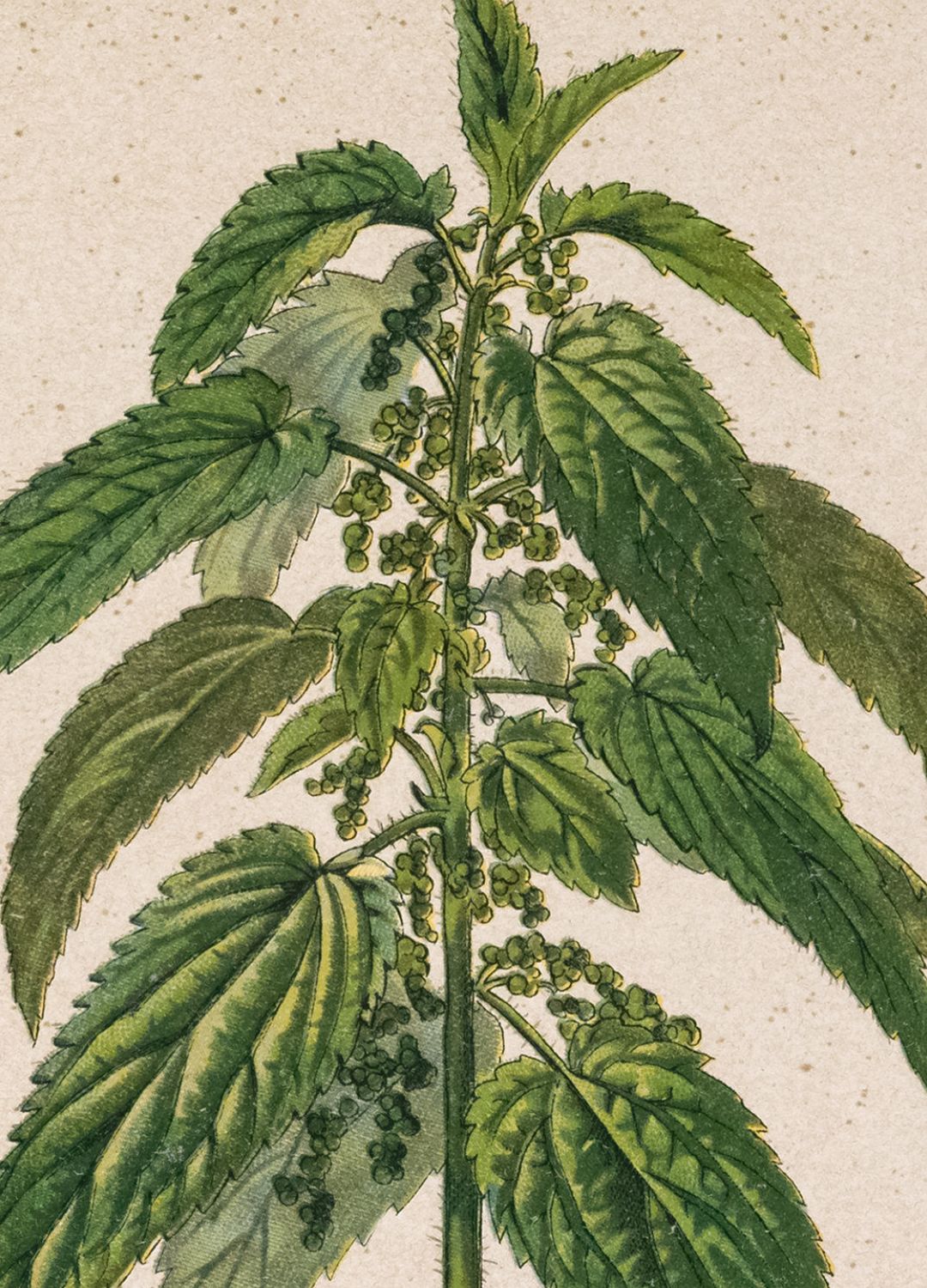
Rich in vitamins A, C, and K, some B vitamins, and essential minerals like calcium, magnesium, iron, and potassium, stinging nettles really are a wonder ingredient.
Young nettle leaves are edible and can be used on salads or in soups; otherwise, taking a nettle supplement can help with muscle aches and arthritis, and even lower cholesterol.
Raspberry
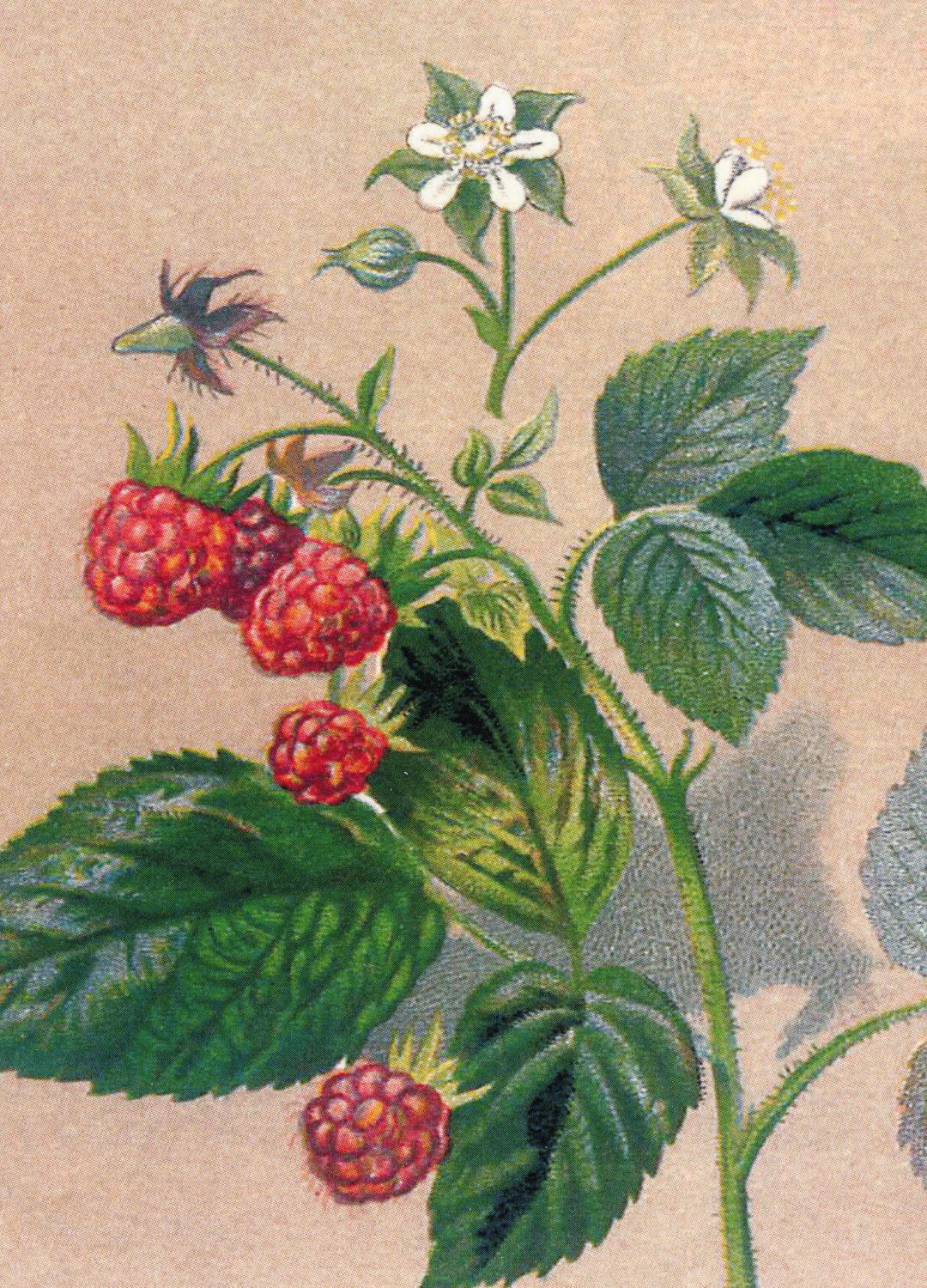
Raspberries are one of the best berries to add to your diet on account of the endless health benefits they offer, including anti-aging properties and improved heart health.
A good source of potassium and vitamins C and K, they not only taste great and can be eaten as a snack but are pretty easy to grow at home, too.
Aloe Vera

Amazingly hydrating, aloe vera is good for sunburn, the healing of minor wounds, and skin suffering from eczema when applied topically. However, when consumed in moderation, aloe vera juice can help normalise the pH levels in the gut and aid digestion, making it beneficial for anyone suffering from hyperacidity.
An all-around healer, this plant should be a firm staple in all households and greenhouses.
Cacao
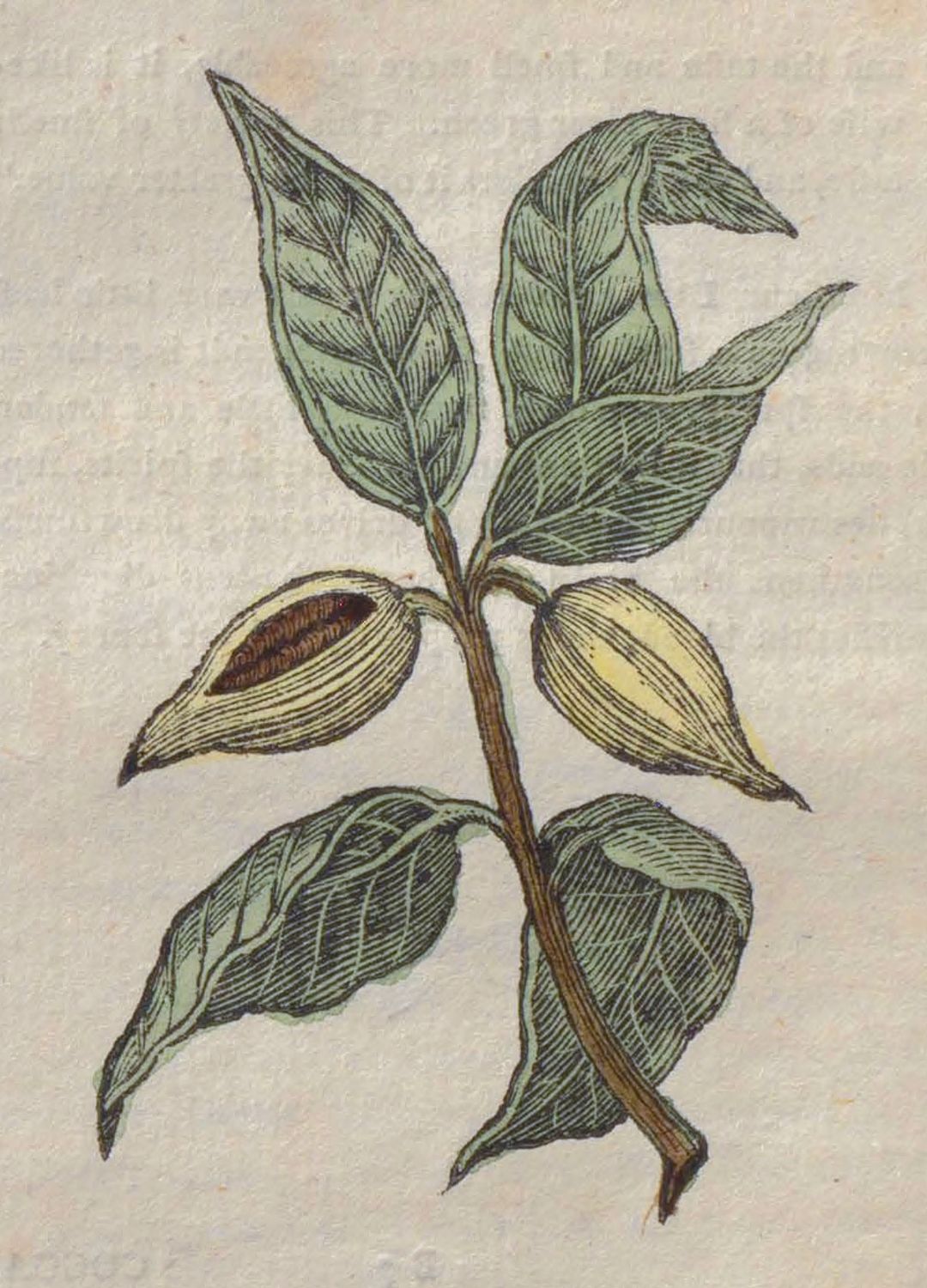
Mostly found growing in hot and tropical climates, cacao in its purest form is often labelled food of the gods, and for good reason. Cacao not only contains flavonoids, the powerful antioxidants that protect the body from the damage caused by free radicals, but it can also improve blood flow and enhance mood.
It’s been consumed for over 5000 years in and around the Amazon regions of South America and is so important that it was once used as currency. Of course, to reap its benefits, it needs to be consumed in its purest form without the additions of sugar and the like. Cacao nibs are a safe bet.
Mountain Arnica
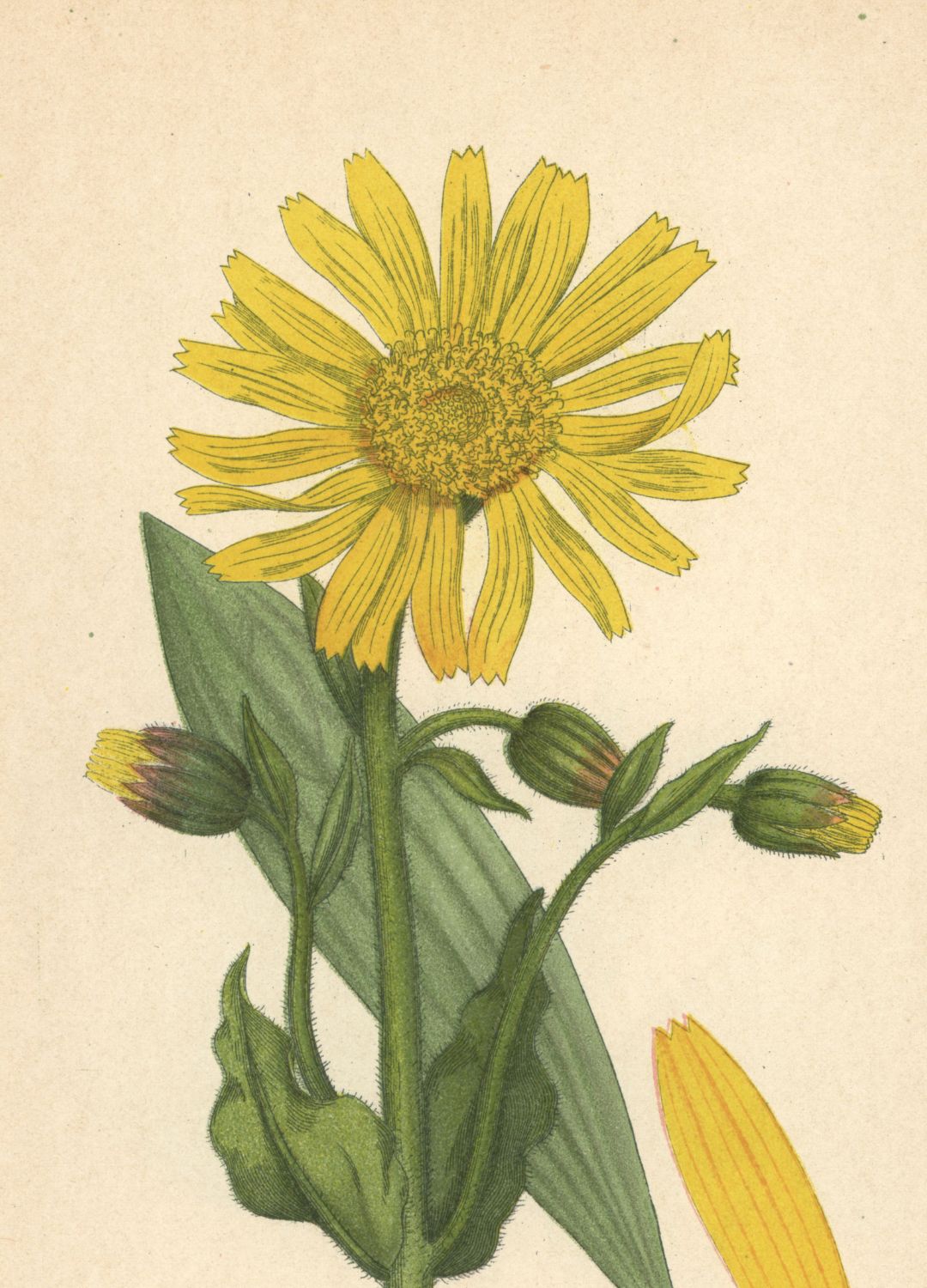
Also known as Wolf's Bane, Mountain Arnica is often used topically for pain and inflammation, but is also utilised in Ayurvedic medicine since the flowers are said to have properties that can help treat skin pigmentation and acne.
On occasion, it is taken by mouth, but it’s worth consulting a doctor before doing so, since when consumed in large amounts, it can be toxic.
Chamomile

Widely used as a soothing herbal tea, dried chamomile flowers steeped in hot water provide a calming, relaxing drink that enables better sleep and rest.
It also possesses anti-inflammatory, antibacterial, and antioxidant properties and may aid digestion. It can also be used for wound healing and promoting oral health, too, ensuring this easy-to-grow all-rounder should be a firm staple in any garden.
Black Pepper
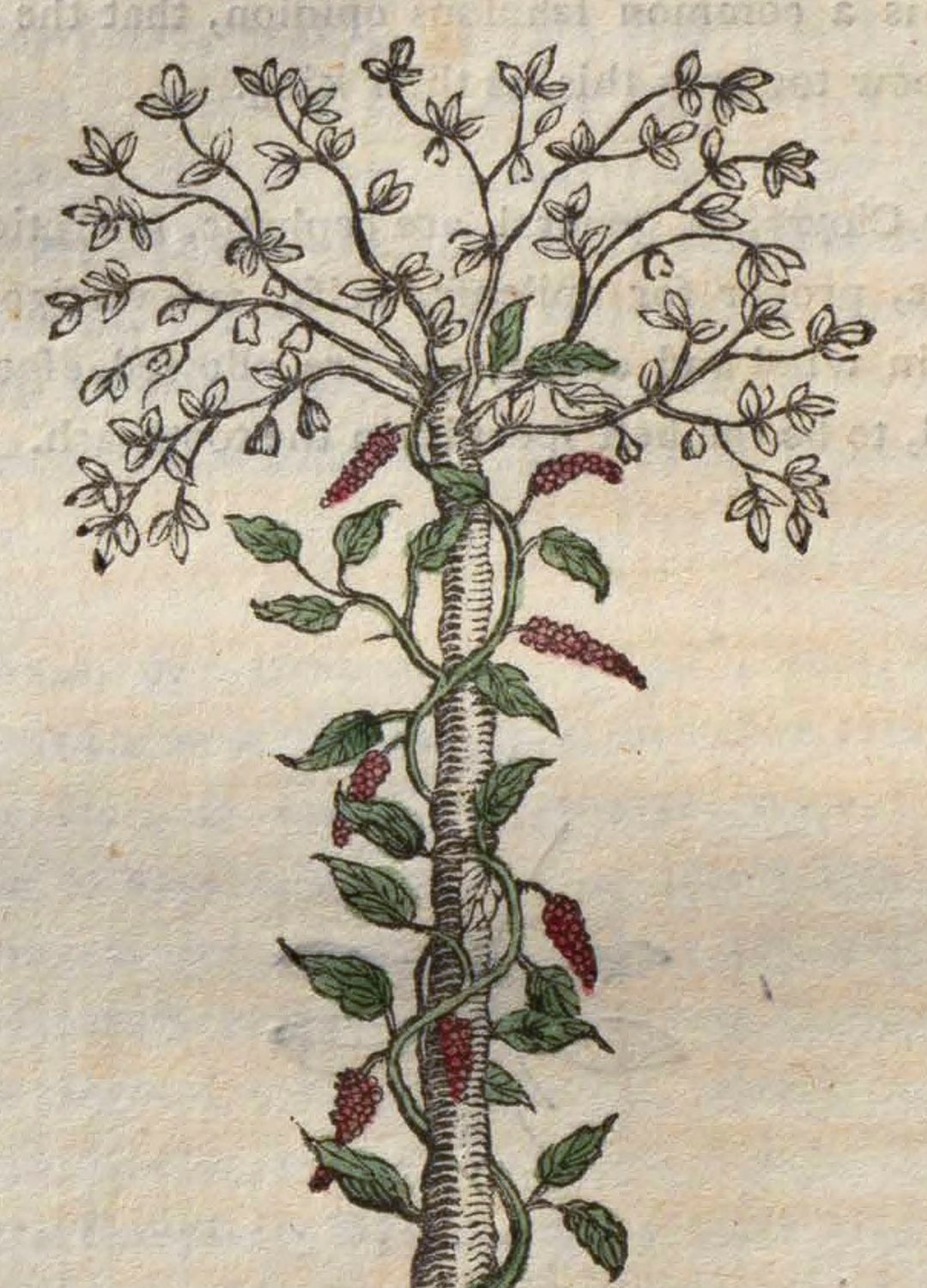
A firm fixture on pretty much every dinner table, pepper not only adds interest to dishes but also overflows with health benefits, including antioxidant and anti-inflammatory properties.
Pepper can also improve brain function, meaning it can improve symptoms of degenerative brain diseases like Alzheimer’s and Parkinson’s disease.
Yarrow

Pretty flowering yarrow is great for attracting butterflies to your garden, but in terms of health benefits, it has been commonly used for menstrual pain and wound healing for centuries.
It can also help regulate blood sugar levels, soothe anxiety, and can even be applied topically to minor cuts and burns to speed up the healing process.
Echinacea
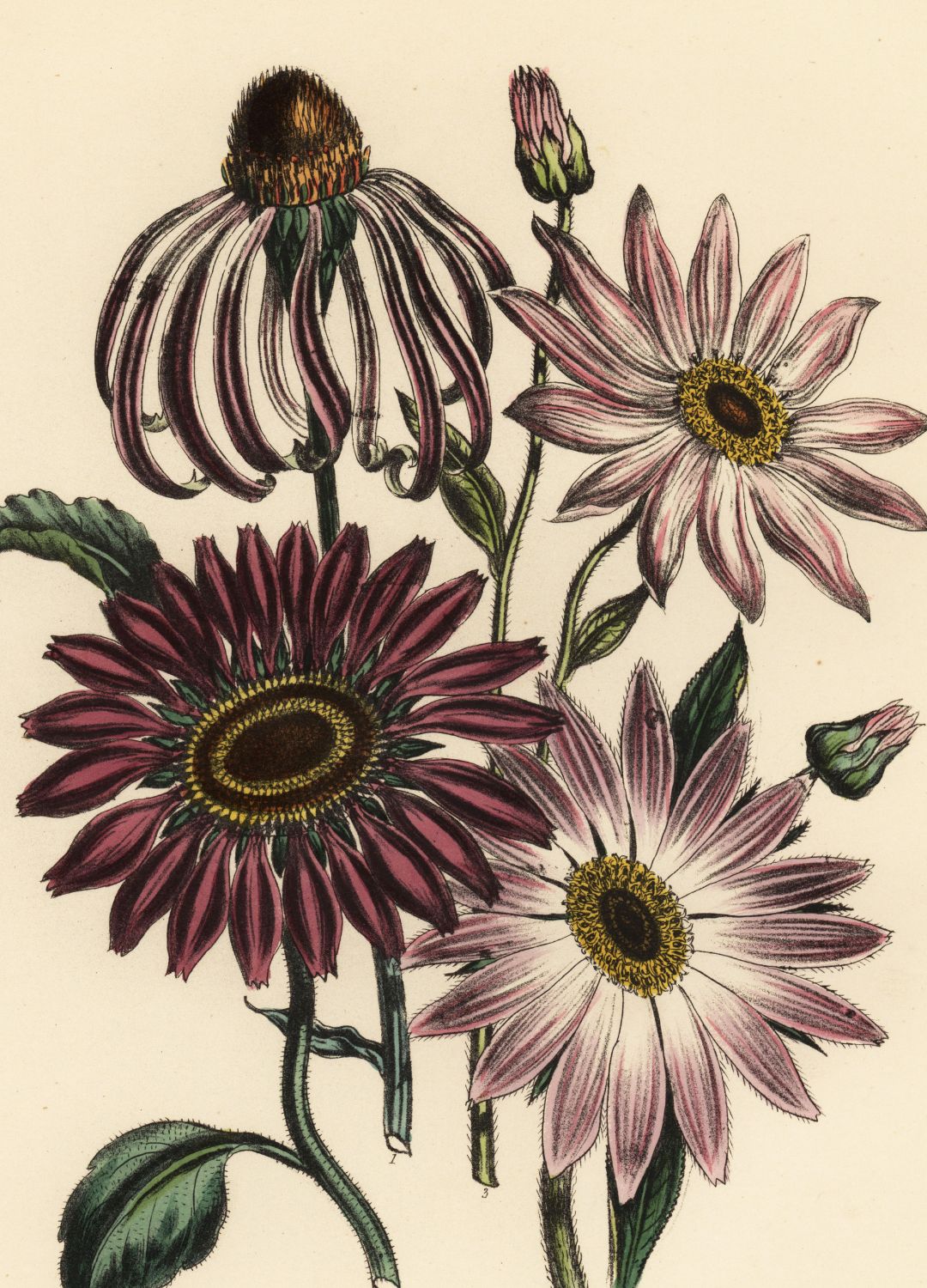
Recommended to help boost the immune system and help the body fight infections related to colds and flu, echinacea is rich in antioxidants and shouldn’t be discounted for its natural healing abilities.
The plant's leaves and roots can be used in tinctures, teas, and in tablet form, and it’s often praised for its ability to lower stress and anxiety.
Neem
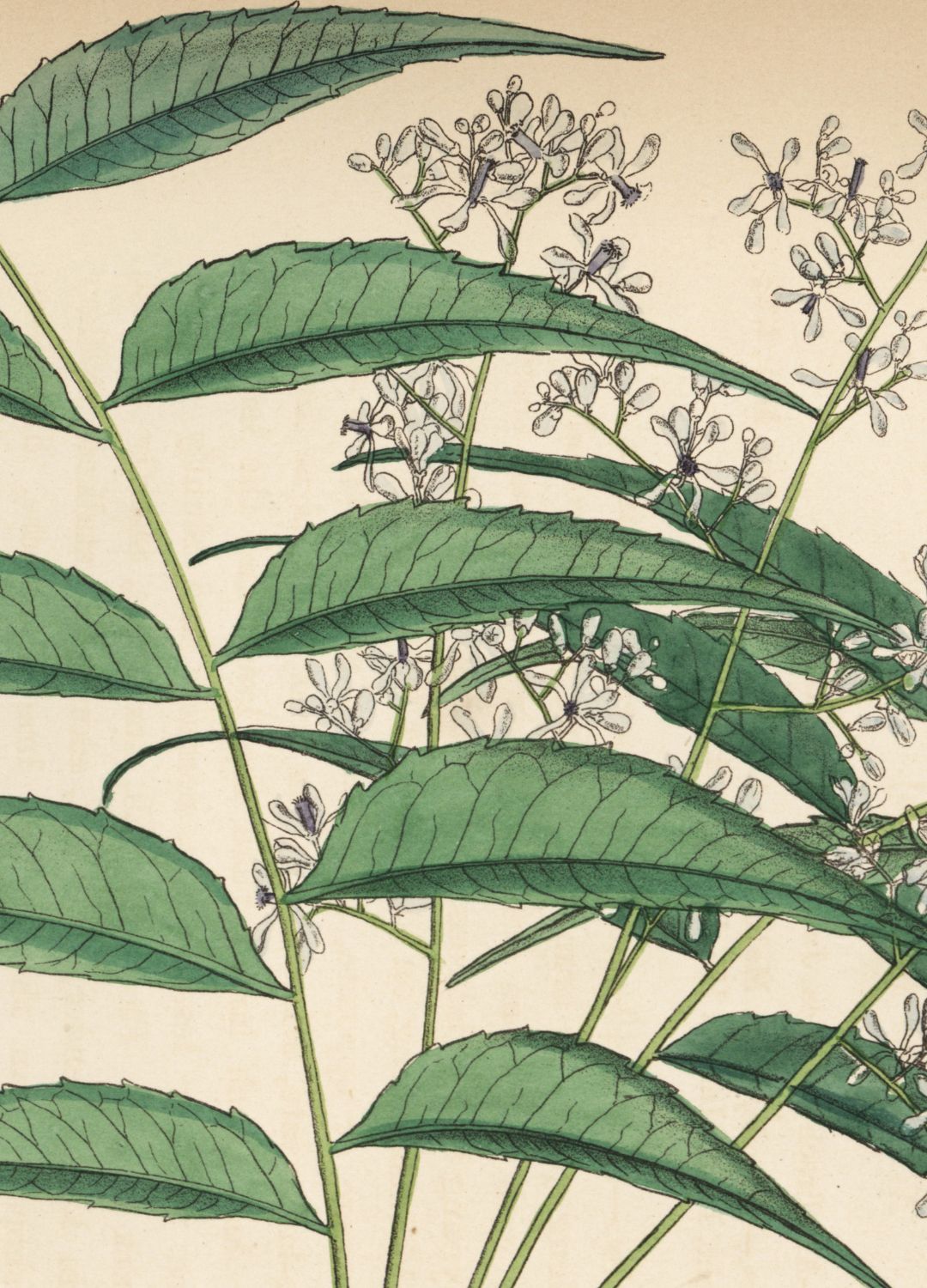
Renowned for healing, neem has been used in traditional medicine in India, Sri Lanka, and Myanmar since the beginning of time.
From the bark, wood, and sap to the leaves, flowers, fruits, and seeds, all parts of the neem tree can be utilised and are widely known for their skin healing properties. But that’s not all, neem is a great herbal toothpaste, can help get rid of dandruff, and is an amazing antioxidant.
Lavender
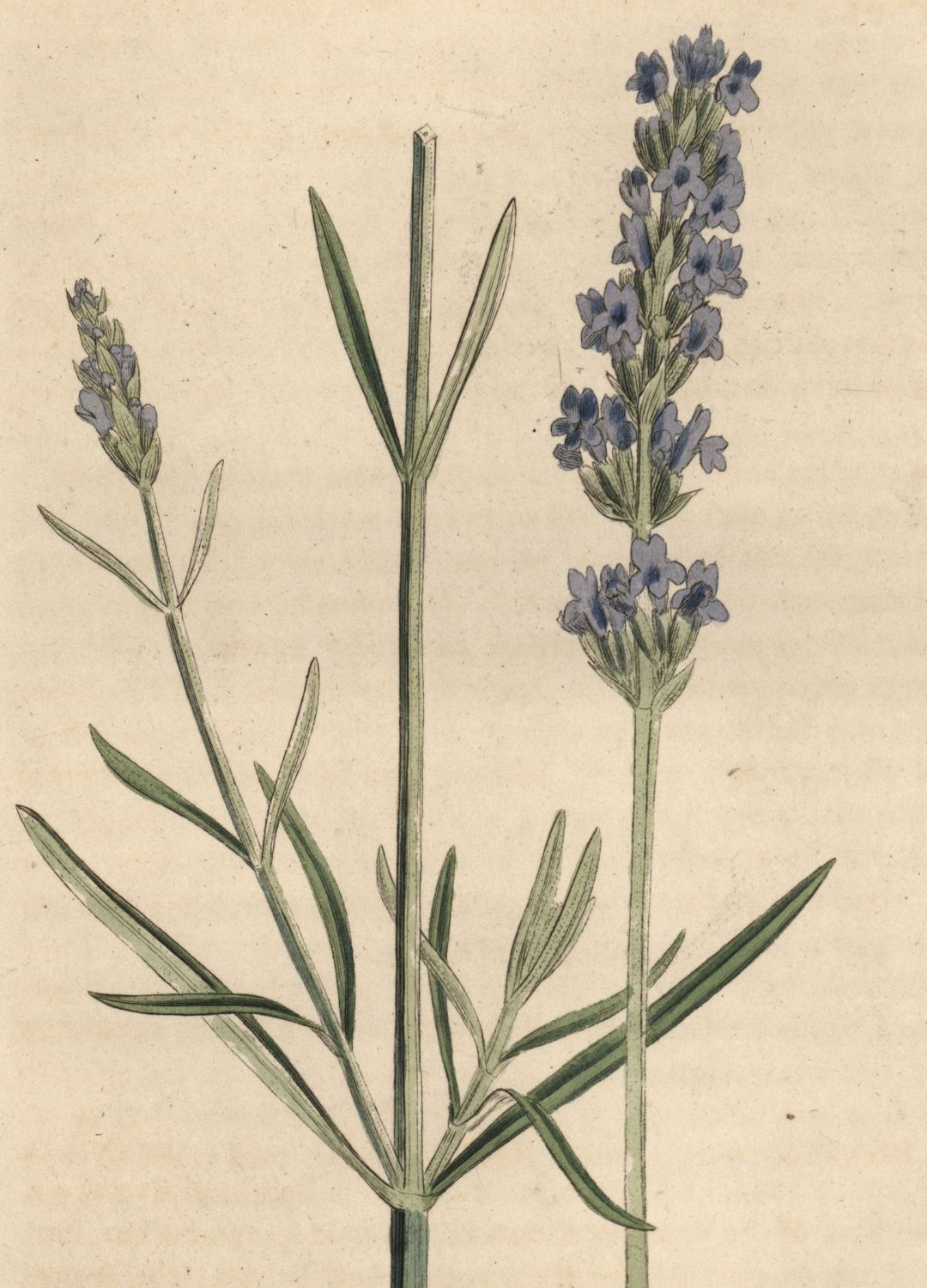
Lavender has been traditionally used as a digestive aid and natural insect repellent, but it has many healing qualities, including being able to calm and relieve stress. It can help aid quality sleep, and many cultures believe it helps to purify the body and mind.
It can be drunk as a tea, taken in capsule form, or used as an essential oil - particularly good for helping with sleep.
Rosemary
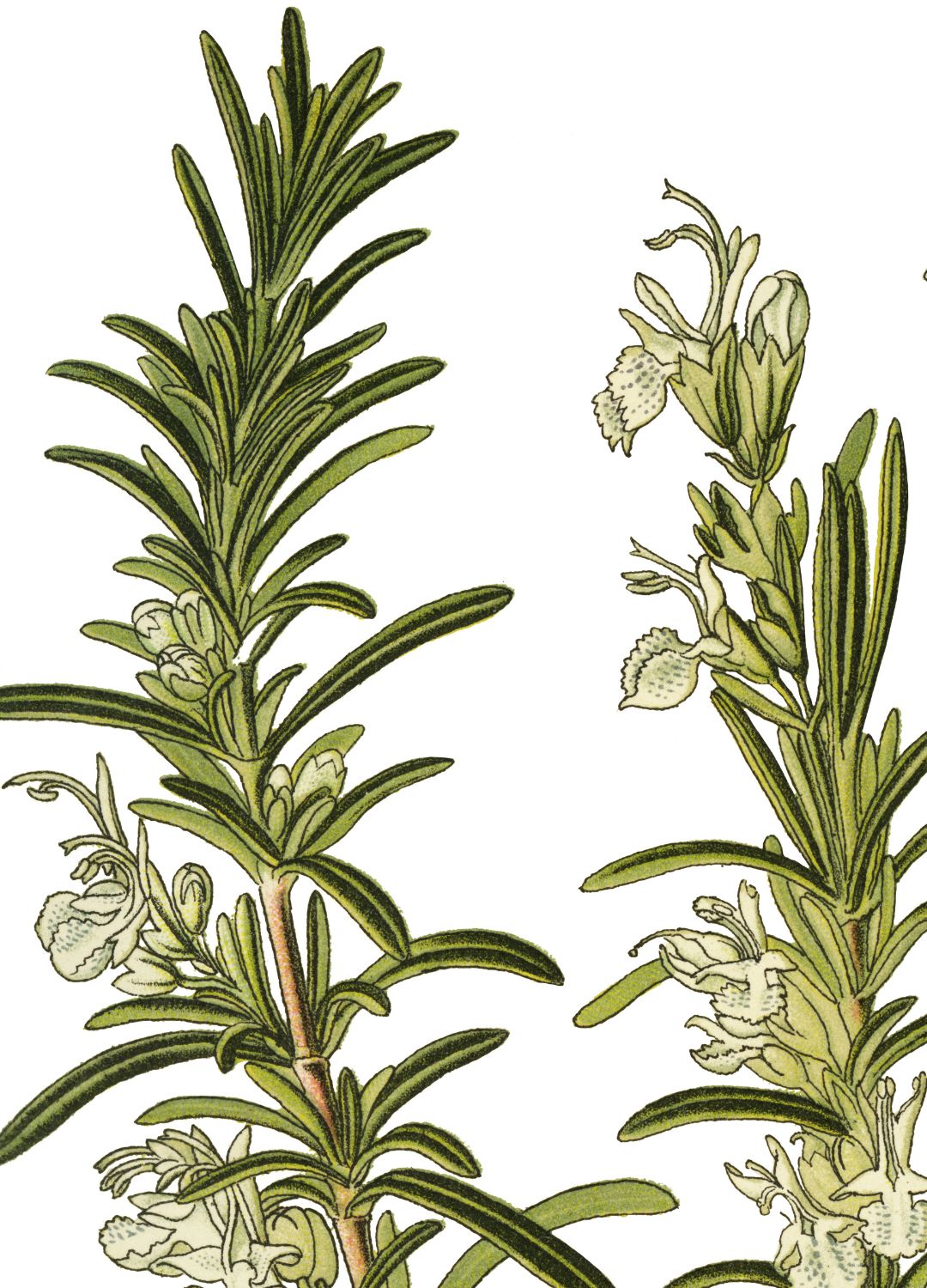
As well as being great at adding flavour to dishes (it works well in stews and with roast potatoes), rosemary is known to help improve and prevent hair loss. When the essential oil is combined with a carrier oil, such as castor oil, it can be applied directly to the scalp and hair and massaged in.
When steeped in hot water and drunk, the healing herb can also improve digestion, fight infection and inflammation.
Wild Peppermint
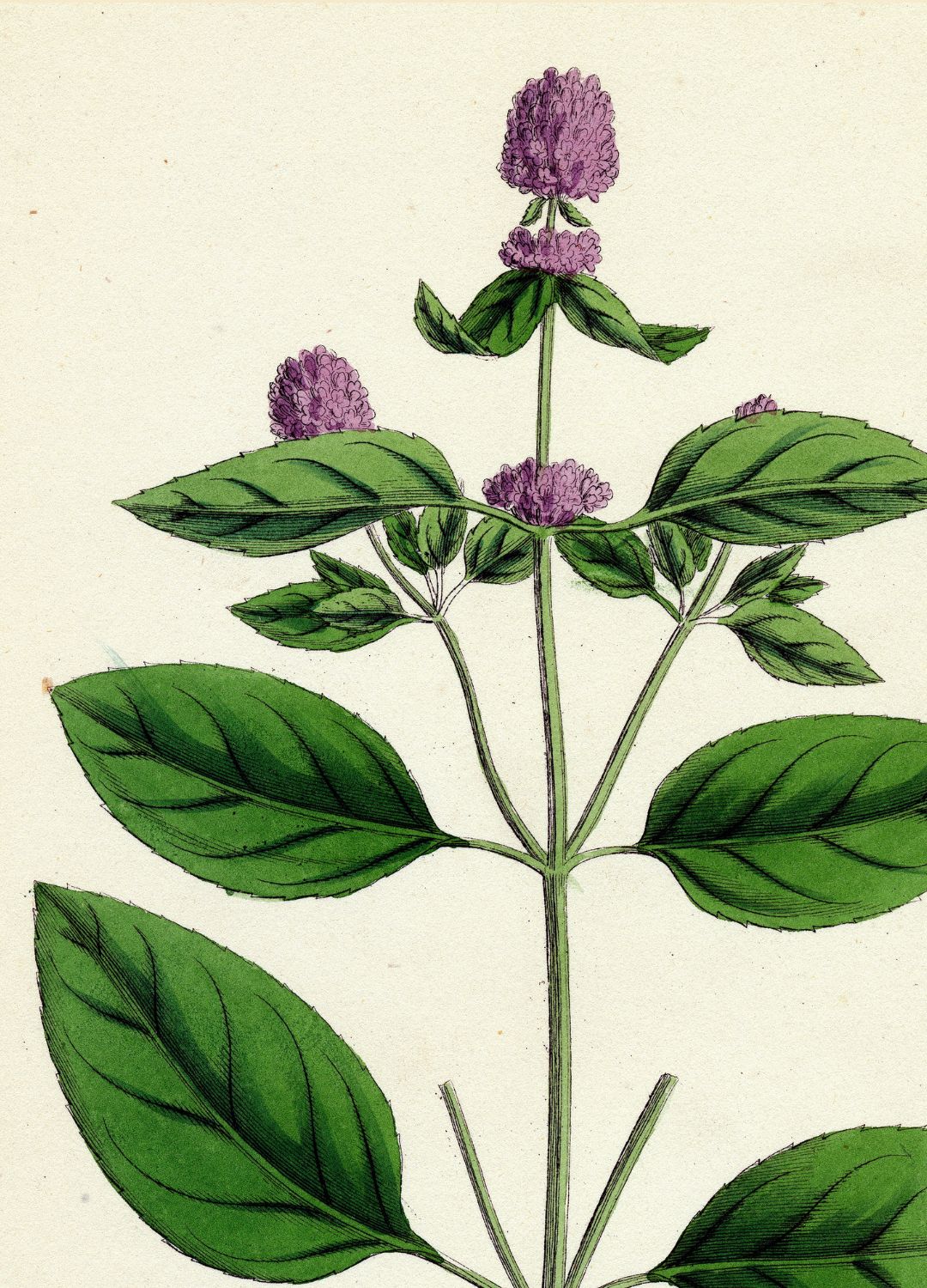
This fragrant herb grows in wet areas, near water bodies and ponds, and the like and is full of calcium, iron, and Vitamins C and A.
Its leaves can be eaten raw, while wild mint tea is said to help with diarrhea and menstrual cramps. It’s also a fantastic source of antioxidants, which help protect your body from the free radicals that can lead to stress, fatigue, and memory loss.
Cinnamon
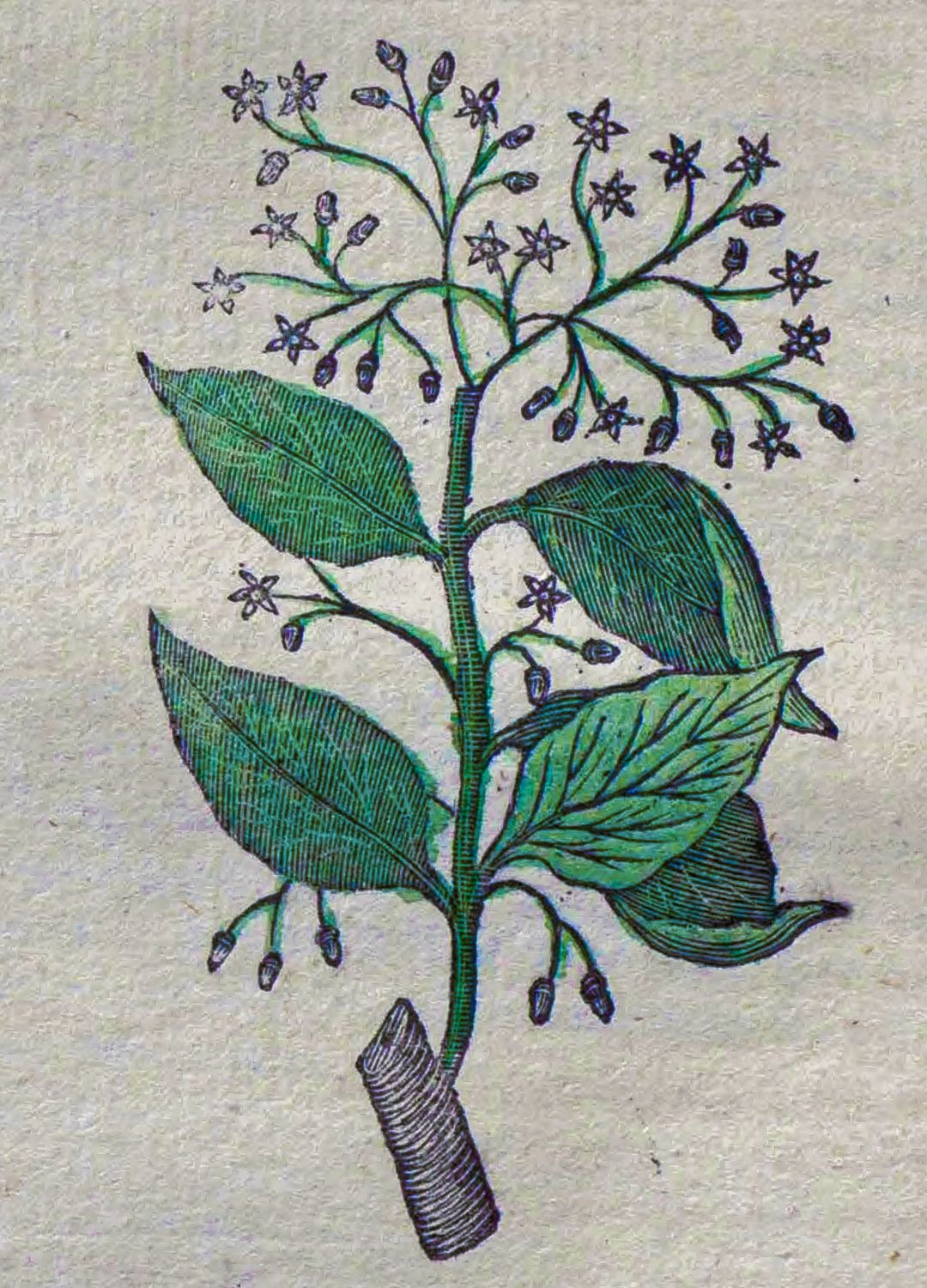
The very best cinnamon in the world is grown in Sri Lanka, where it’s not only used in cooking but as a herbal medicine too.
Rich in antioxidants, which can help protect against cell damage and chronic diseases, it’s also great for healthy digestion and improving oral health.
Turmeric

Often touted as a superfood, turmeric is one of the main spices used in cooking and herbal medicine across Southeast Asia and the Middle East.
The bold orange spice can be enjoyed in soups and curries, taken as a supplement, or sipped in a tea form, but it’s quite hard for the body to absorb it, so it’s best to be committed. Supplements can help ease PMT symptoms, help your body fight viruses, and ease depression.
Liquorice
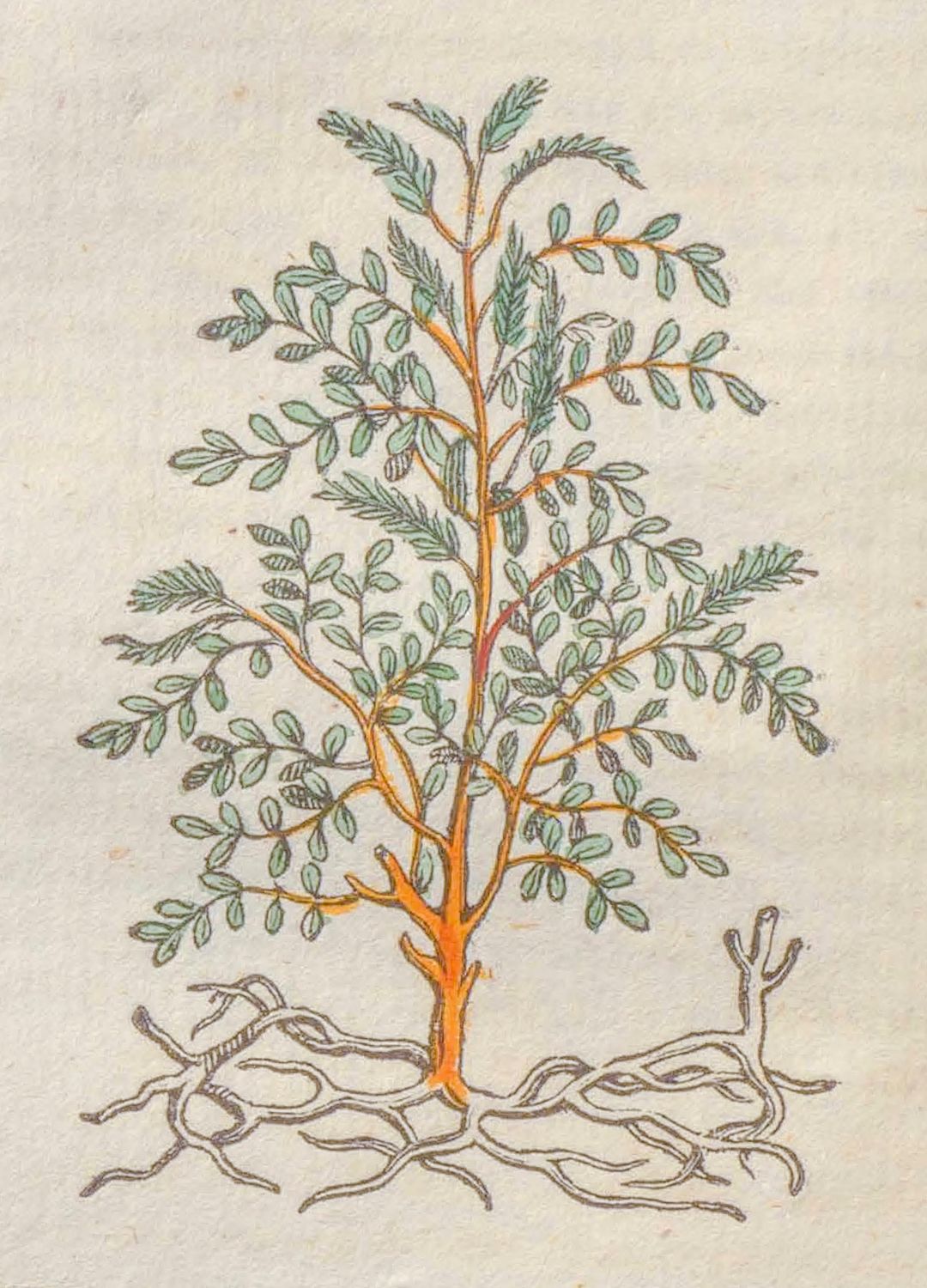
Hailed for its ability to ease the symptoms of menopause, liquorice is sometimes taken as a natural alternative to hormone replacement therapy alongside red clover. And Liquorice root may protect against the bacteria that cause dental cavities.
It’s a pretty good all-rounder and worth considering as a supplement since it’s also great at warding off colds and sore throats.
Sage
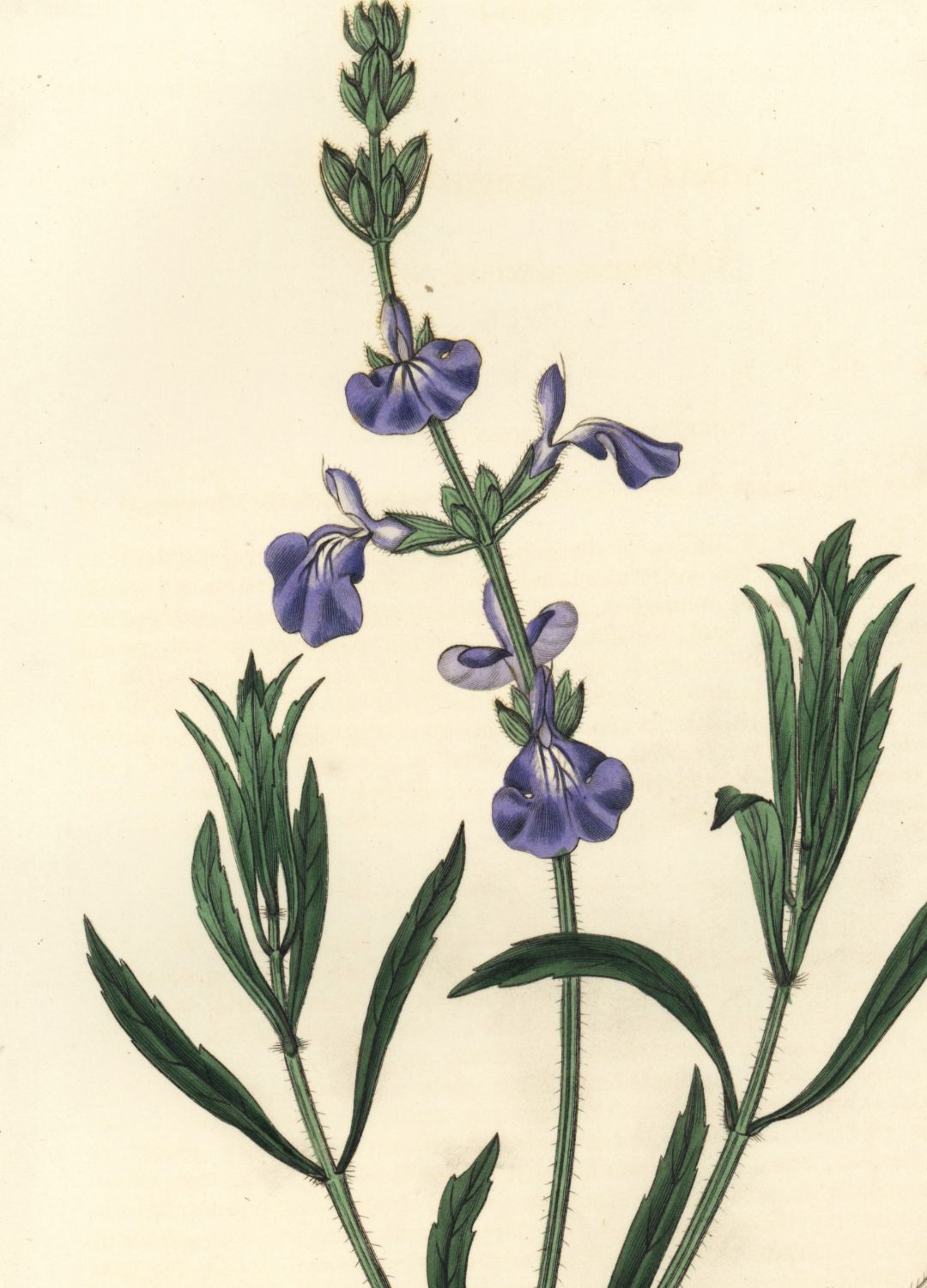
No one can deny the pure joy that comes with frying sage leaves in butter and enjoying them with fresh pasta, yet the humble velvety leaves of the sage plant offer much more than just a tasty meal.
Rich in antioxidants, sage offers various potential health benefits and can be used to support cognitive function, heart health, and even digestive health.
Ashwagandha

Ashwagandha was hardly talked about in the UK until recently, yet it is now touted as the next wonder herb. But it’s hardly a new phenomenon since it’s one of the most commonly used plants in Ayurveda and has been used for its healing properties for thousands of years.
Taken in pill form, the herb can help with anxiety and depression, can increase energy levels, and has even been said to boost libido.
Tamarind
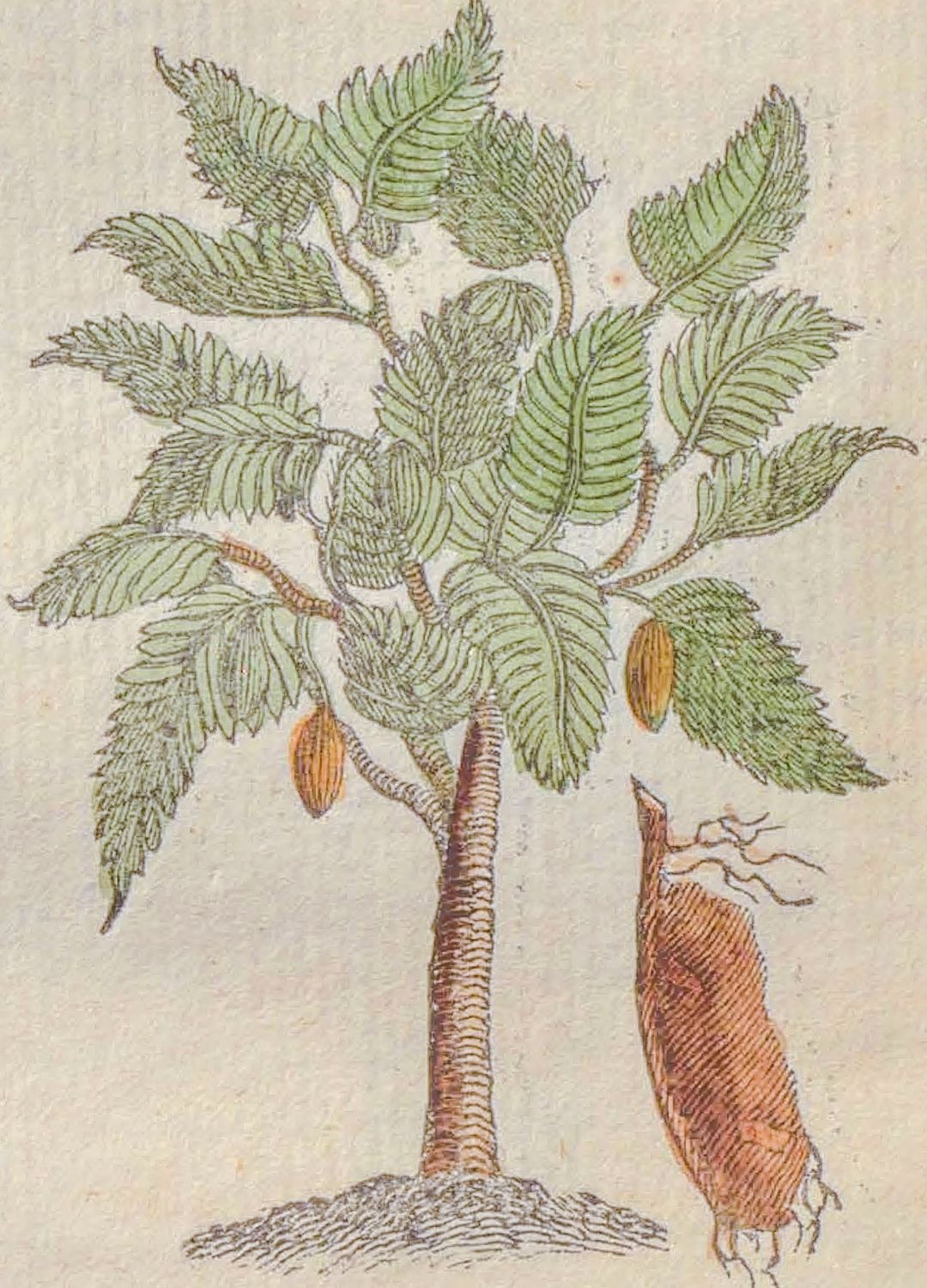
Full of antioxidants, tamarind can help regulate nerve and muscle function, maintain blood pressure control, and keep bones strong since it is a rich source of magnesium and calcium.
The tree's leaves, beans, bark, and wood can all be used, and the fruit's pulp has a tangy flavour profile that works well in savoury dishes.
Rosehips
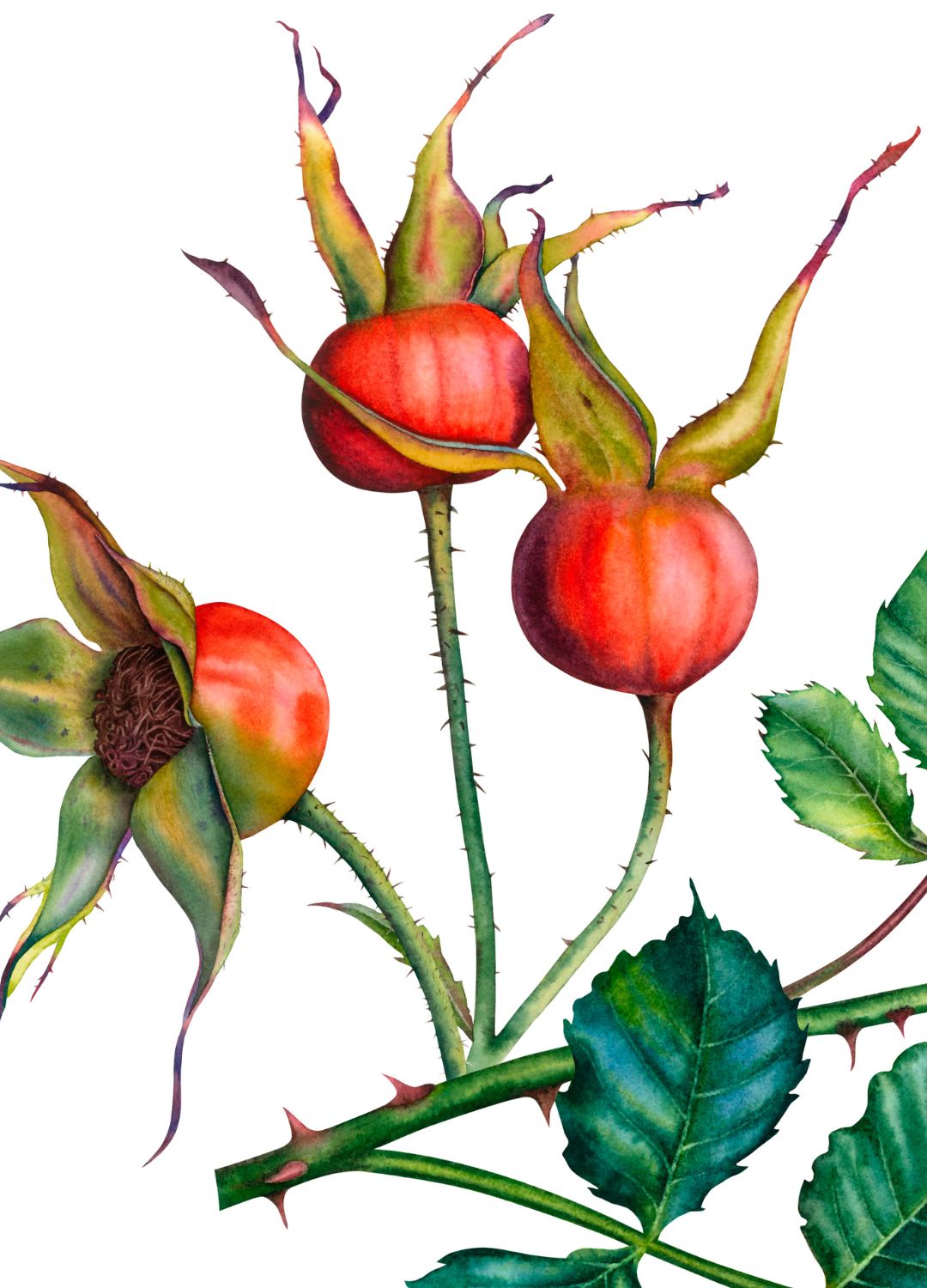
As the fruit of the rose plant, rosehips are packed with nutrients and are a good source of vitamin C and antioxidants, which can help boost the immune system and improve skin health.
Rosehip powder can be mixed with water, or you can even make your own rosehip tea by steeping the fruits in hot water before straining and drinking.
Nutmeg
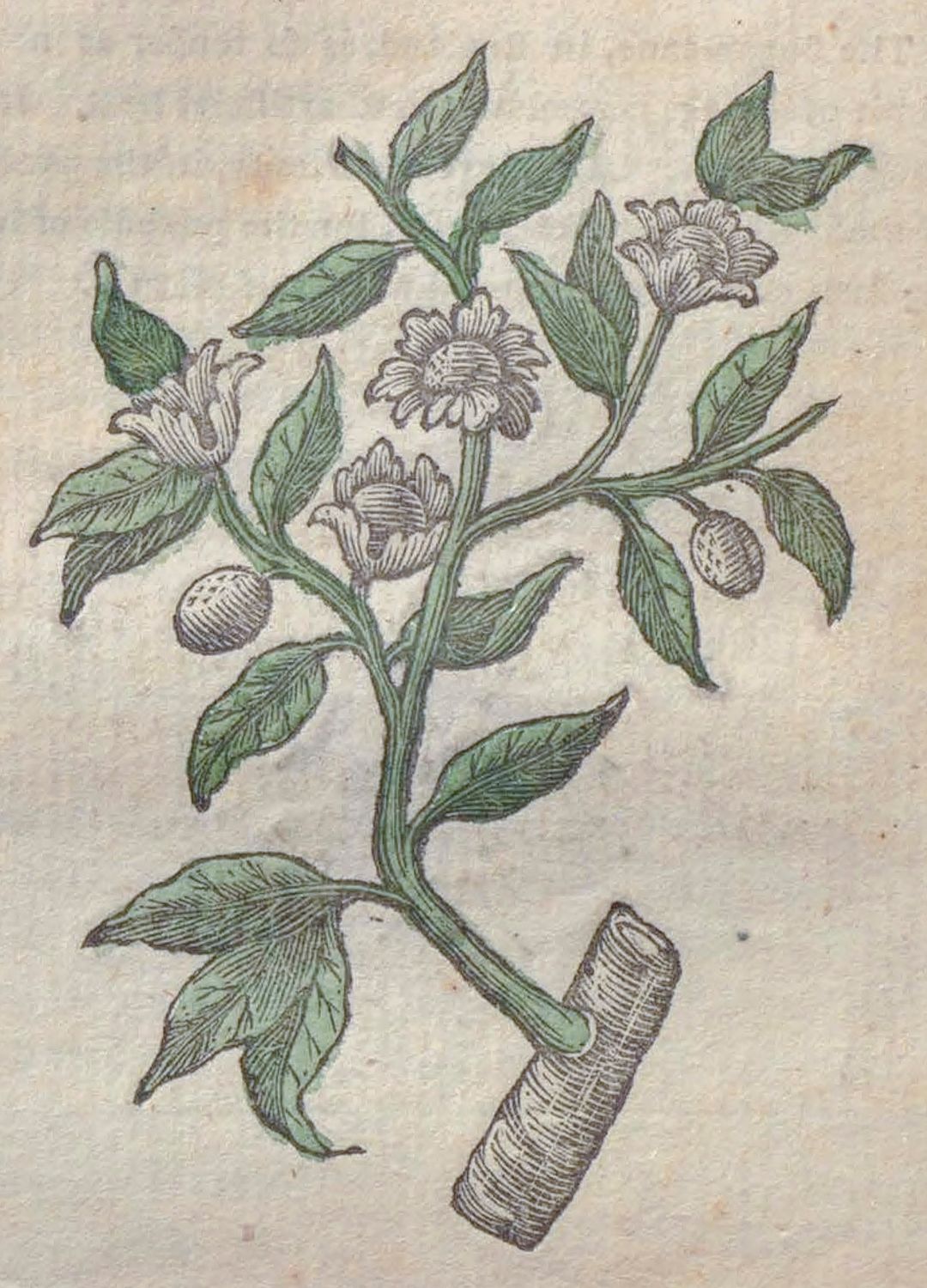
Nutmeg seeds are some of the most beautiful seeds in the world, with a bright red casing that almost looks like it’s dropped from outer space.
While consuming large amounts of the herb can be toxic, in small quantities, the spice is a rich source of antioxidants and can help combat the signs of aging as well as more serious conditions such as heart and liver disease.
Basil
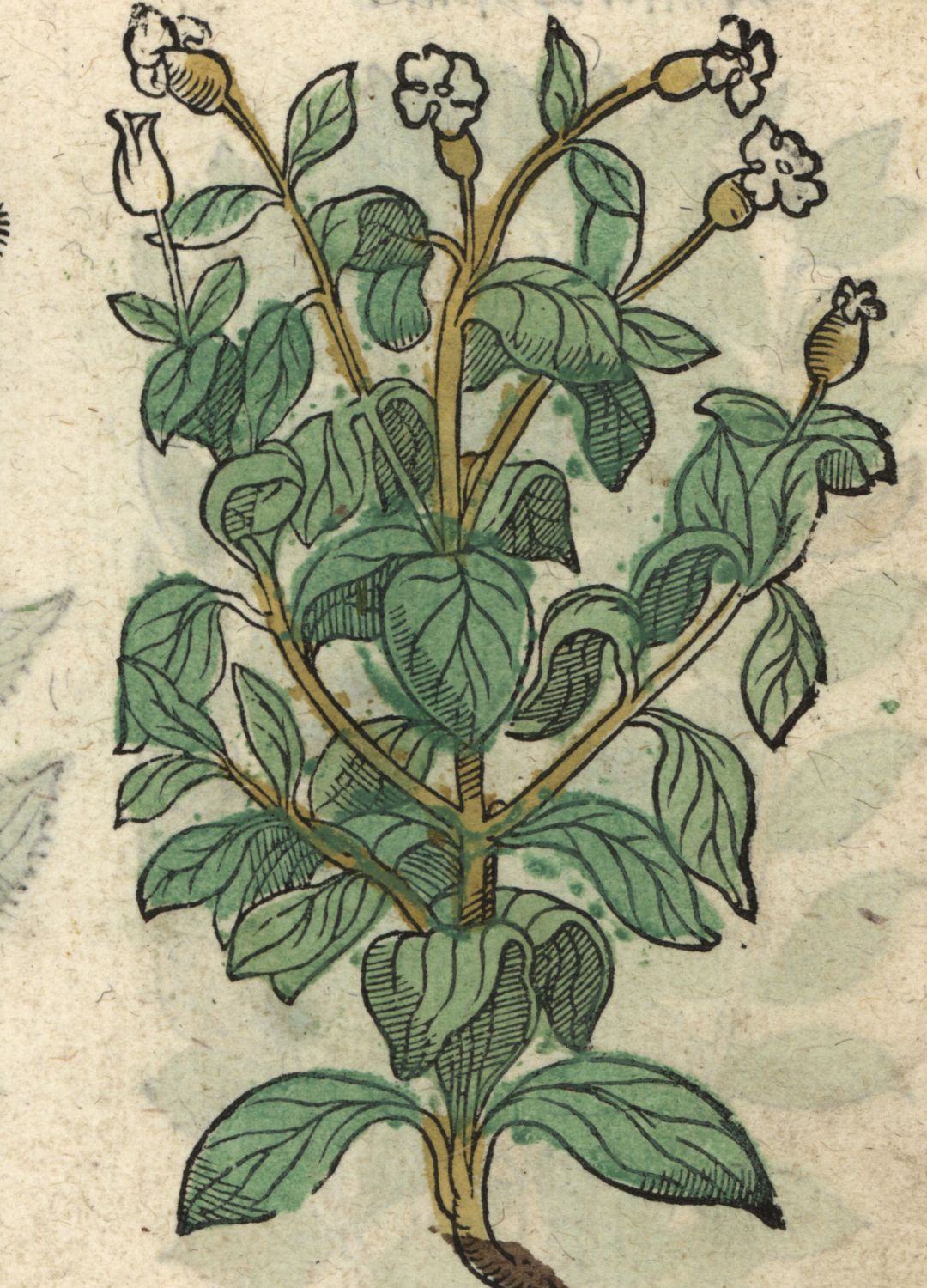
Great for your overall wellbeing, since it’s rich in magnesium, Vitamin K, manganese, and calcium, this fragrant herb is ideal for bone health and protecting against infections.
Whip up pesto with the fresh leaves or add them to a tomato-based sauce - basil can safely be eaten daily.

Lydia is a nomadic travel writer and solo travel expert with two decades of journalistic experience (including a nine-year stint as a fashion and beauty editor and five as a lifestyle director).
An intrepid explorer now based in Sri Lanka, she writes about her travels for The Sunday Times, Condé Nast Traveller, ELLE, Marie Claire US, The London Standard, Service 95, Harper's Bazaar, The Guardian, BBC Travel, and more.
